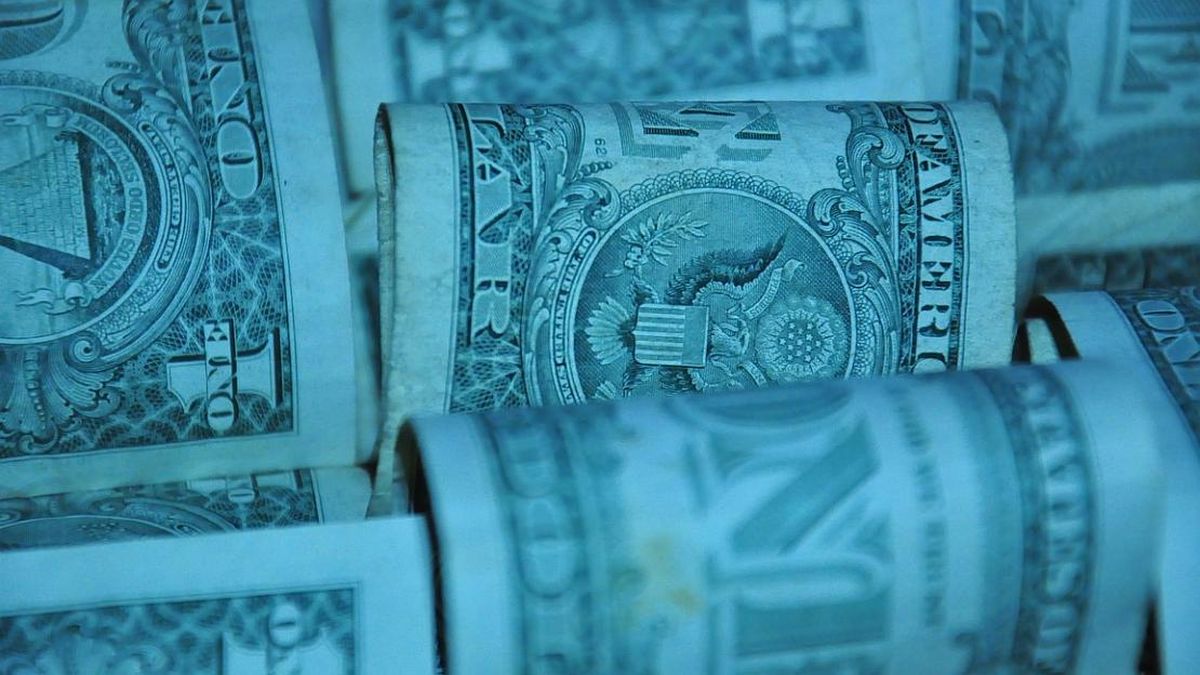Despite the fact that analysts estimated that the “little summer” could continue due to “pro-market” signals such as the acceleration in the rate of adjustment of the official exchange rate, the rise in rates and the commitment assumed by the Government, within the framework of the agreement with the International Monetary Fund (IMF), to reduce the fiscal deficit, among other measures, the informal dollar seems to have stopped its downward trend.
The market warns that there are factors that could change the scenario, such as the inflation rate at the local level, the escalation in the price of energy at the international level or even greater uncertainty in the week while the government seeks approval of the agreement with the IMF in Congress.
In this context, the director of the LCG consultancy, Guido Lawrencepredicted that the approval of the agreement with the IMF in Congress “should be a signal for the blue dollar to go down. However, he stressed that, beyond the negotiation with the multilateral credit organization, “the deterioration of the balance of the Bank Central is important” and that is reflected in the still high levels of gaps.
Blue dollar price in the month
So far in March, the parallel dollar is down $6.50, after ending last month at $211.
Let us remember that during February, the informal dollar fell $6.50, after rising $5 or 2.4% in January.
During the past year, the blue dollar registered a rise of 25.3% ($42), half compared to the inflation of the period (50.9%). However, it is worth remembering that in 2020 it had shown a sharp jump of 111% (compared to 36% inflation).
What is the blue dollar?
The value of the blue dollar has a substantial difference with the official dollar, which is acquired in banks and has an established price. Its sale is in the informal market, without regulations or limits, and for this reason it is generally operated at a value greater than the official dollar.
Why is it called the blue dollar?
The origin of the blue dollar as a denomination for the operation of the banknote in the informal market is not clear. But there are theories.
An explanation of its name indicates that it is so called because in English, “blue”, in addition to naming the color blue, refers to something “dark”.
Another theory relates it to purchase operations through bonds or shares of companies known as “blue chips”. They also link it to the approximate color that appears when a fibron is applied to detect counterfeit bills.
Price of the savings or tourist dollar
The savings dollar or solidarity dollar -retail plus tax- it rose 51 cents to $188.71 on average.
More news about the Blue Dollar and the Dollar
Dollar: scenarios with or without agreement with the IMF
Reserves to the limit, high inflation and agreement with the IMF: what can happen to the dollar in February
Source: Ambito
David William is a talented author who has made a name for himself in the world of writing. He is a professional author who writes on a wide range of topics, from general interest to opinion news. David is currently working as a writer at 24 hours worlds where he brings his unique perspective and in-depth research to his articles, making them both informative and engaging.




